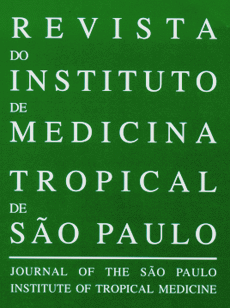In Iran, both Plasmodium vivax and P. falciparum malaria have been detected, but P. vivax is the predominant species. Point mutations in dihydrofolate reductase (dhfr) gene in both Plasmodia are the major mechanisms of pyrimethamine resistance. From April 2007 to June 2009, a total of 134 blood samples in two endemic areas of southern Iran were collected from patients infected with P. vivax and P. falciparum. The isolates were analyzed for P. vivax dihydrofolate reductase (pvdhfr) and P. falciparum dihydrofolate reductase (pfdhfr) point mutations using various PCR-based methods. The majority of the isolates (72.9%) had wild type amino acids at five codons of pvdhfr. Amongst mutant isolates, the most common pvdhfr alleles were double mutant in 58 and 117 amino acids (58R-117N). Triple mutation in 57, 58, and 117 amino acids (57L/58R/117N) was identified for the first time in the pvdhfr gene of Iranian P. vivax isolates. All the P. falciparumsamples analyzed (n = 16) possessed a double mutant pfdhfrallele (59R/108N) and retained a wild-type mutation at position 51. This may be attributed to the fact that the falciparum malaria patients were treated using sulfadoxine-pyrimethamine (SP) in Iran. The presence of mutant haplotypes in P. vivax is worrying, but has not yet reached an alarming threshold regarding drugs such as SP. The results of this study reinforce the importance of performing a molecular surveillance by means of a continuous chemoresistance assessment.
Plasmodium vivax; Plasmodium falciparum; Pyrimethamine; Point mutations and drug resistance



